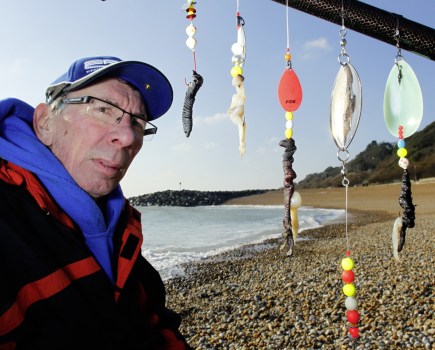If you’re new to sea fishing, it is useful to know the hidden dangers that can be found among British sea fish.
There are a large number of fish species that can cause serious damage to a human.
Any injury from a fish has the potential for blood poisoning. Some fish spines include an anti-coagulant that stops blood clotting or contains bacteria.
In the main it pays to be careful when handling any fish you catch and if you are unsure of a species take particular care.
Some anglers wear garden or filleting-type gloves for protection (pictured below).
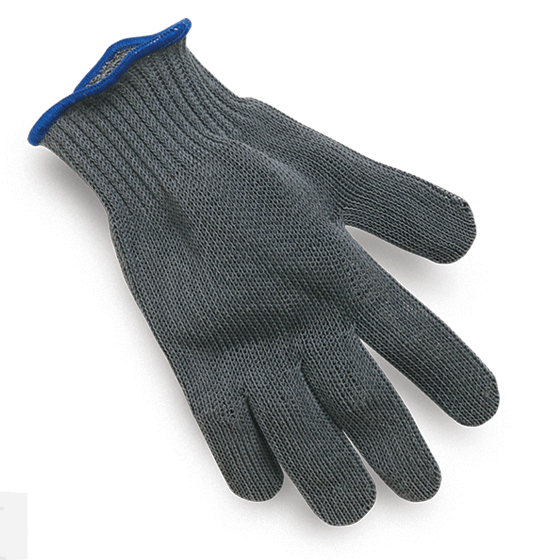
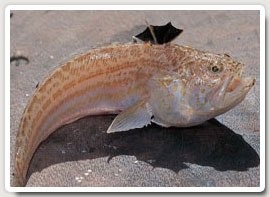 WEAVER: The lesser weaver is commonly found on beaches in summer. It resembles a small pouting or whiting at first glance. The greater weaver is a rarer deepwater species. Both have poisonous spines on the gill covers and dorsal fin. The venom can cause serious pain and has been fatal; the very young and old are most at risk. If you are stung, you should bathe in the hottest water you can stand to kill the poison. The wound will swell. Seek medical advice.
WEAVER: The lesser weaver is commonly found on beaches in summer. It resembles a small pouting or whiting at first glance. The greater weaver is a rarer deepwater species. Both have poisonous spines on the gill covers and dorsal fin. The venom can cause serious pain and has been fatal; the very young and old are most at risk. If you are stung, you should bathe in the hottest water you can stand to kill the poison. The wound will swell. Seek medical advice.
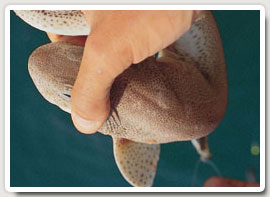 DOGFISH & SMOOTHHOUND: Beware the skin, which is like sandpaper and can take off your skin in an instant if handled carelessly. Grab a dogfish by the head and tail in one hand to remove hook. Dogfish also have sharp teeth, so use a disgorger. Smoothhounds have hard bony plates, but no teeth.
DOGFISH & SMOOTHHOUND: Beware the skin, which is like sandpaper and can take off your skin in an instant if handled carelessly. Grab a dogfish by the head and tail in one hand to remove hook. Dogfish also have sharp teeth, so use a disgorger. Smoothhounds have hard bony plates, but no teeth.
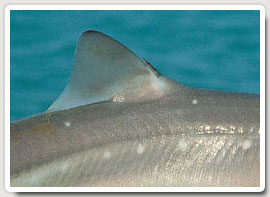 SPURDOG & TOPE: The spurdog has sharp bony spurs on the leading edges of its dorsal fins and because it squirms when held these can inflict a nasty wound. Handle with care. The tope is a mini shark complete with razor-sharp teeth. Wear gloves when handling the bigger fish and use a T-bar type disgorger to remove hooks. Never put your fingers near the mouth.
SPURDOG & TOPE: The spurdog has sharp bony spurs on the leading edges of its dorsal fins and because it squirms when held these can inflict a nasty wound. Handle with care. The tope is a mini shark complete with razor-sharp teeth. Wear gloves when handling the bigger fish and use a T-bar type disgorger to remove hooks. Never put your fingers near the mouth.
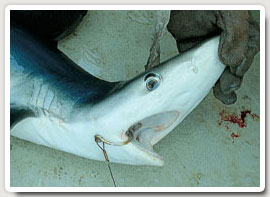 SHARK: The very sharp teeth and the rough skin are a threat to hands, legs and fingers. Treat with great care.
SHARK: The very sharp teeth and the rough skin are a threat to hands, legs and fingers. Treat with great care.
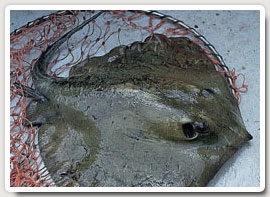 STING RAY: The spine halfway up the tail of this ray carries venom and has proved fatal. Take care because the ray lashes its tail around when hooked. If stung seek medical advice.
STING RAY: The spine halfway up the tail of this ray carries venom and has proved fatal. Take care because the ray lashes its tail around when hooked. If stung seek medical advice.
OTHER RAYS: Many have sharp prickles and spines on the back, underside and tail, so handle with care. Lots of anglers pick up this species by the nose or the tail, but there are also lots of small spines in these areas that can take off the skin of your fingers so always use gloves or a cloth. No teeth, but crushing plates, so your fingers could be in danger from a large specimen.
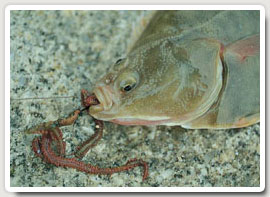 FLATFISH: All flatfish have a sharp spine at the top of their stomach close to their gills.
FLATFISH: All flatfish have a sharp spine at the top of their stomach close to their gills.
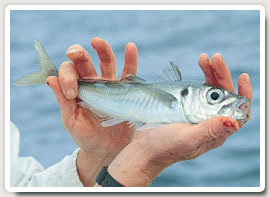 WRASSE, BREAM & SCAD: Various small spines.
WRASSE, BREAM & SCAD: Various small spines.
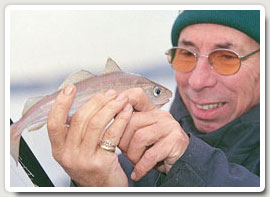 WHITING: Small, razor-sharp teeth. The damage may go unnoticed until worm juice enters the wounds.
WHITING: Small, razor-sharp teeth. The damage may go unnoticed until worm juice enters the wounds.
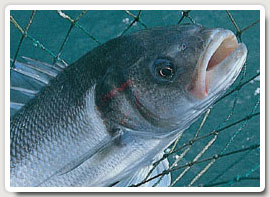 BASS: While the bass has a spiked dorsal fin, beware of the razor-sharp gill edges. Handle with care. Pick up a small school bass by the mouth.
BASS: While the bass has a spiked dorsal fin, beware of the razor-sharp gill edges. Handle with care. Pick up a small school bass by the mouth.
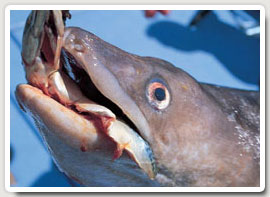 CONGER EEL: It is not aggressive, but will clamp its jaws shut on fingers so remove the hooks with a disgorger.
CONGER EEL: It is not aggressive, but will clamp its jaws shut on fingers so remove the hooks with a disgorger.
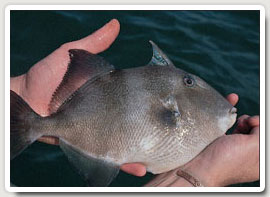 TRIGGER FISH: There is a sharp spine on dorsal fin. It has very sharp teeth. An aggressive species that will bite you finger if given the opportunity.
TRIGGER FISH: There is a sharp spine on dorsal fin. It has very sharp teeth. An aggressive species that will bite you finger if given the opportunity.



